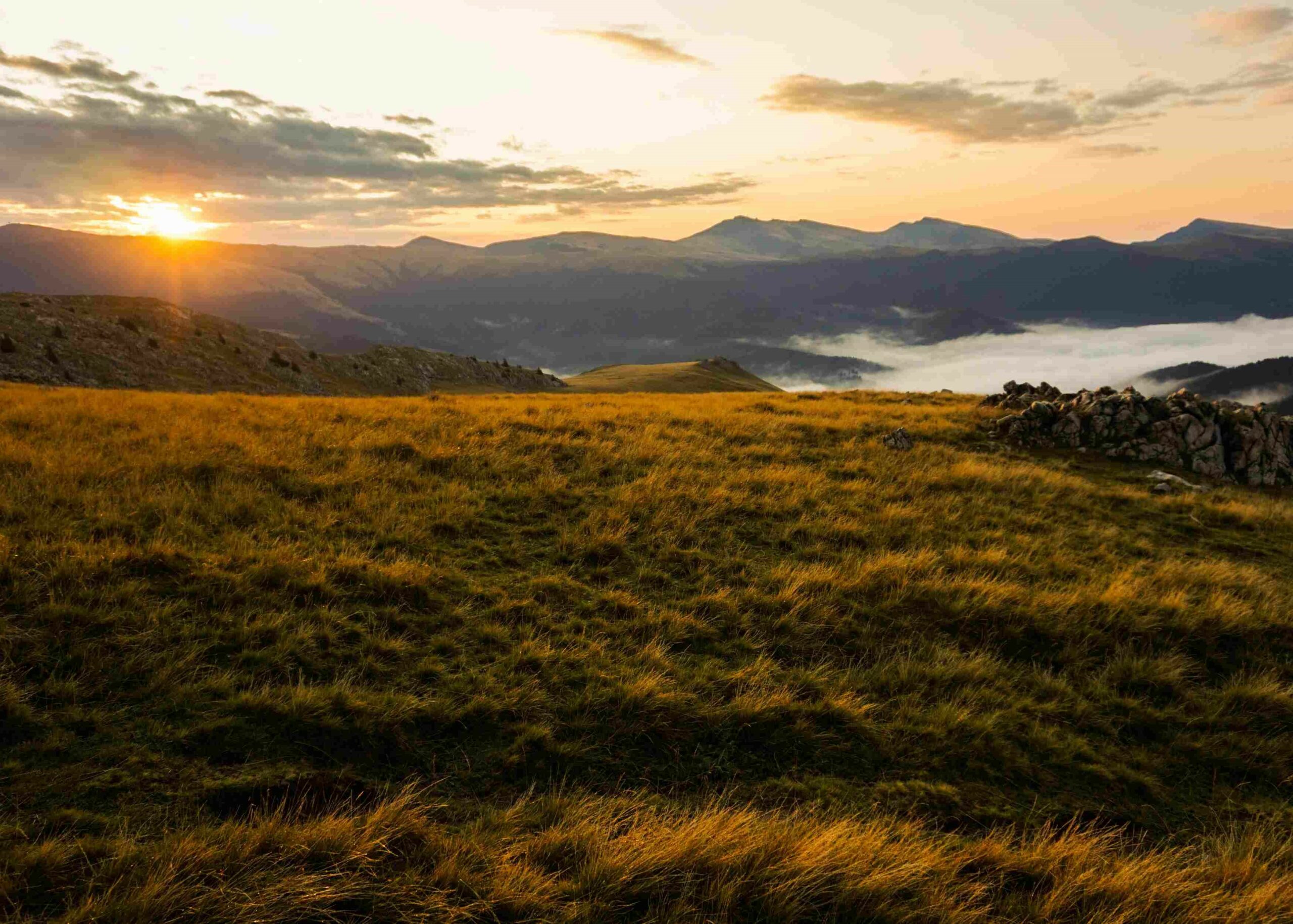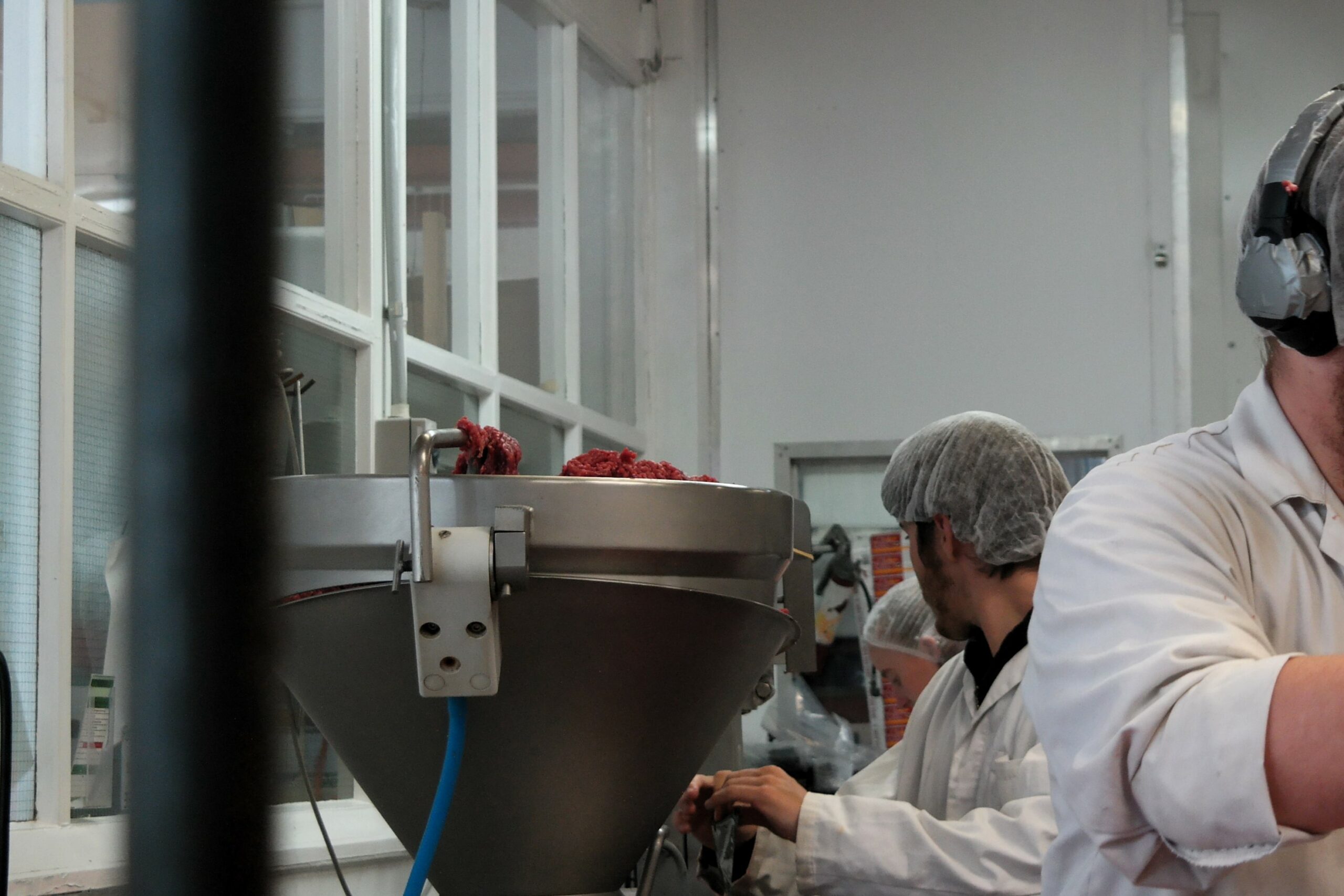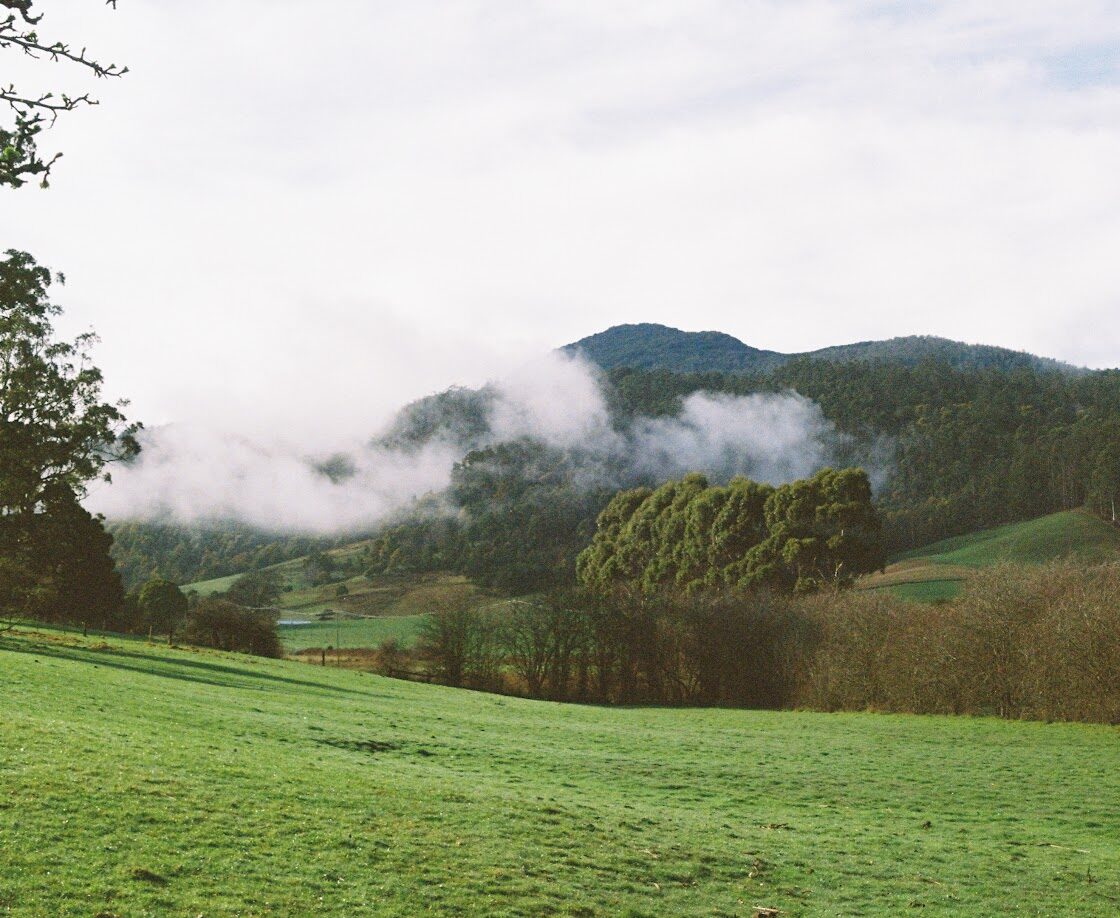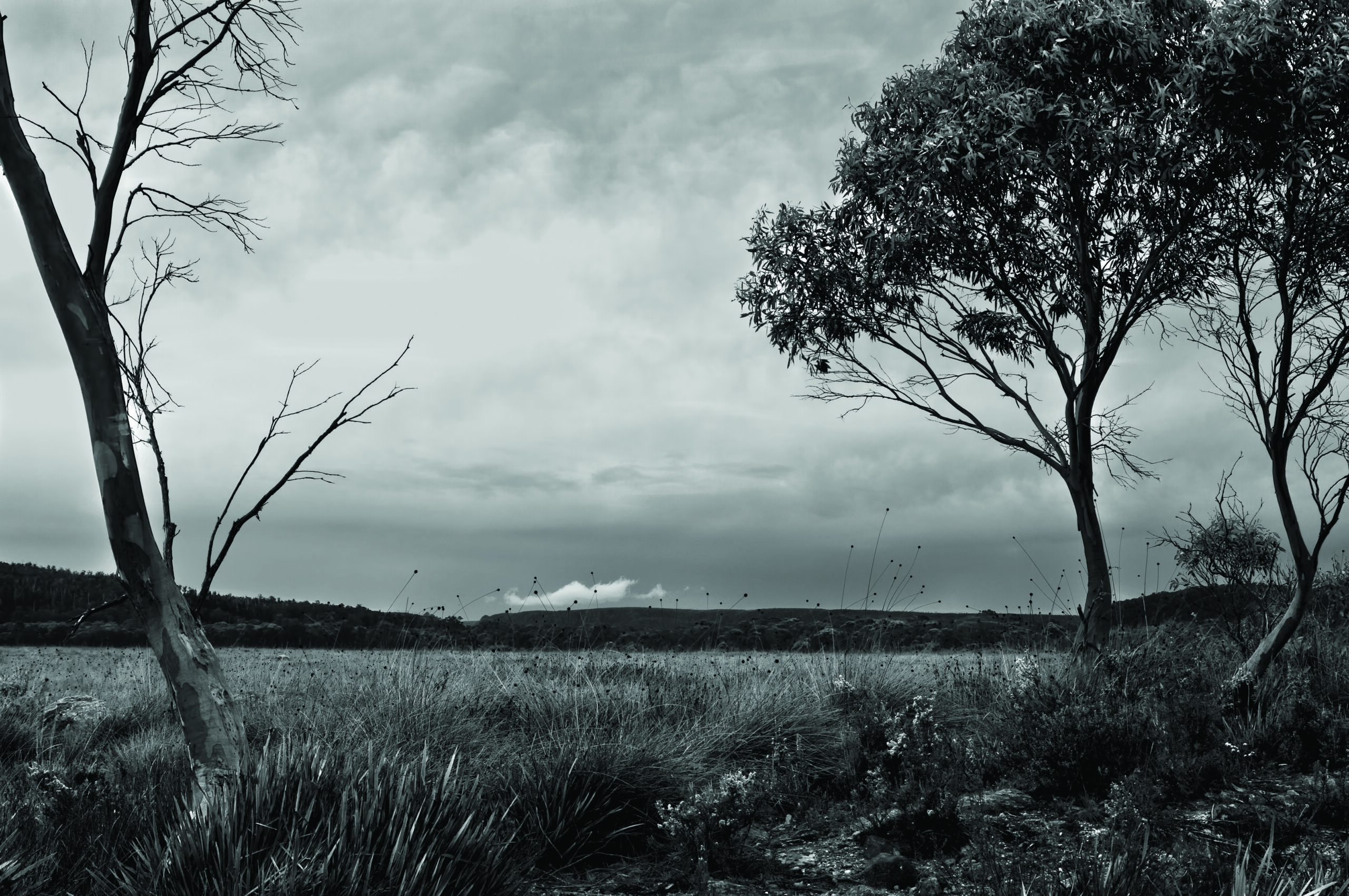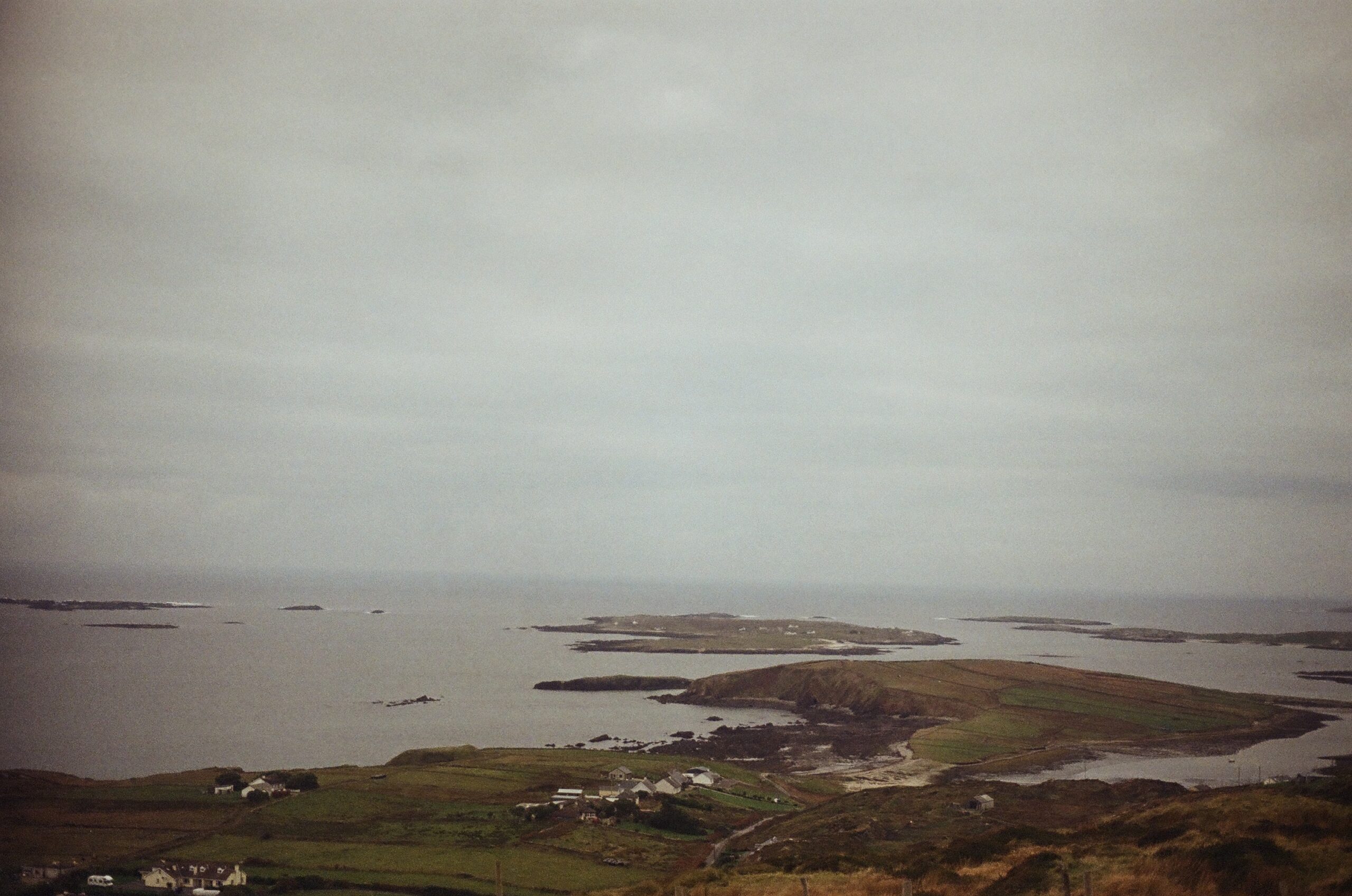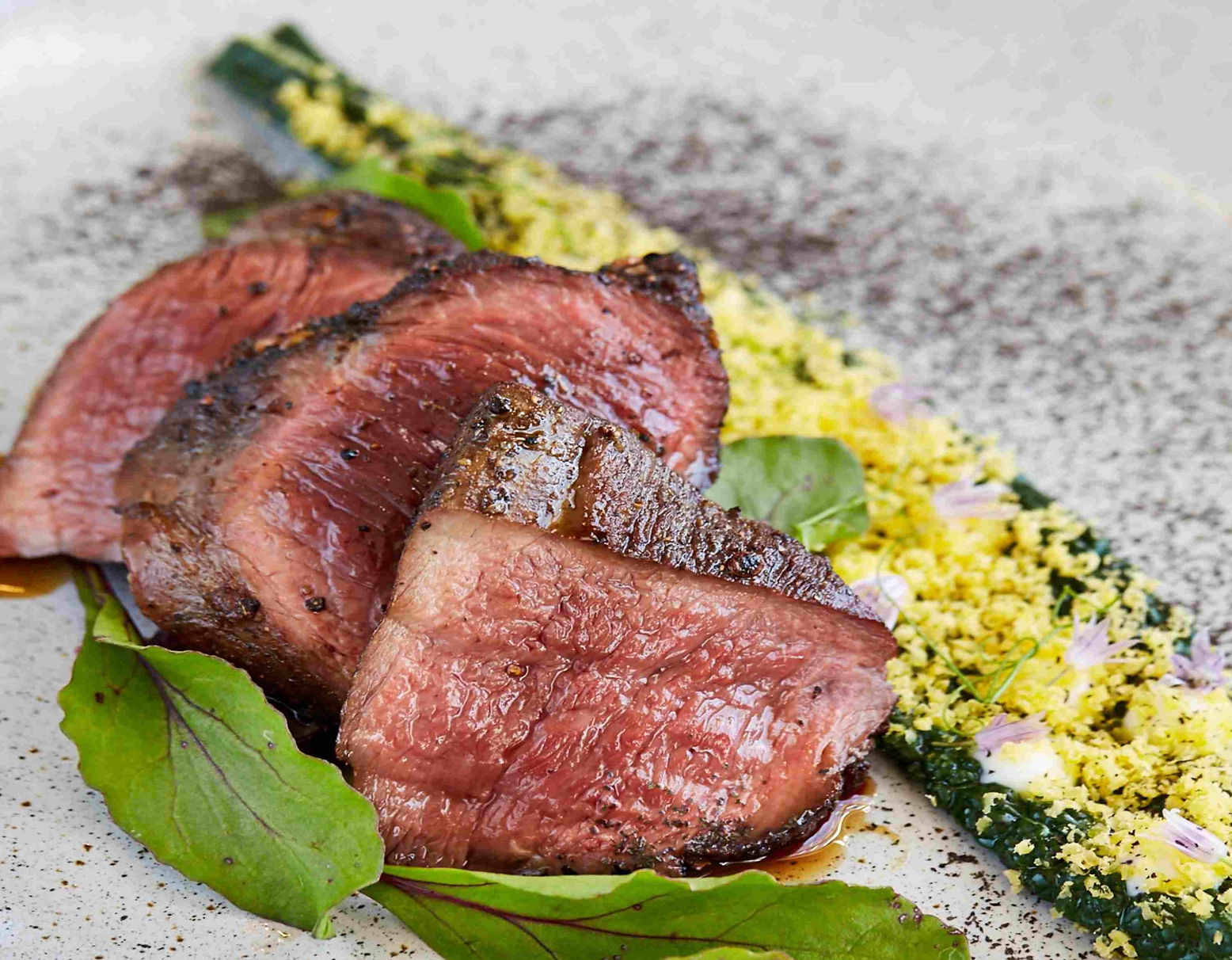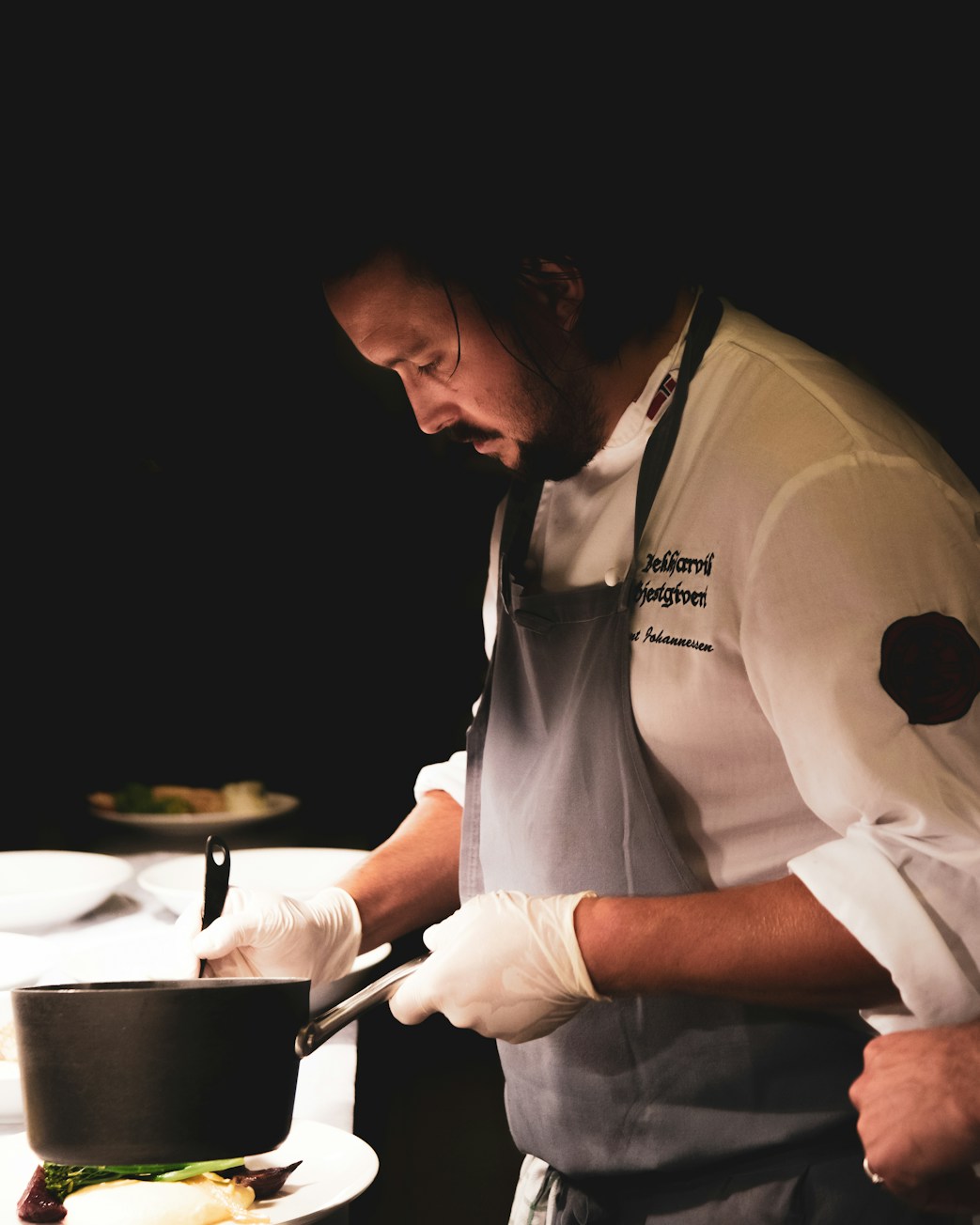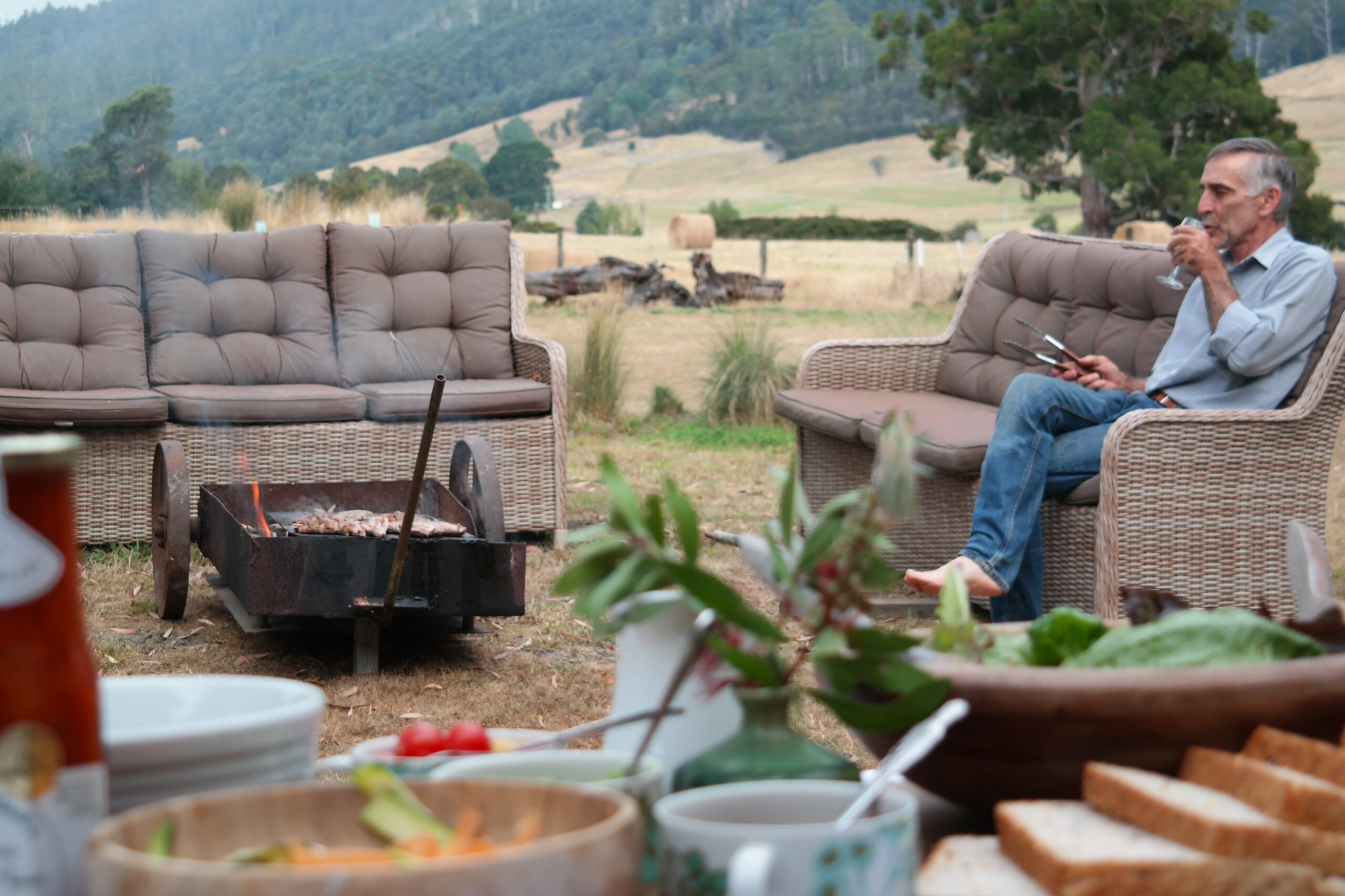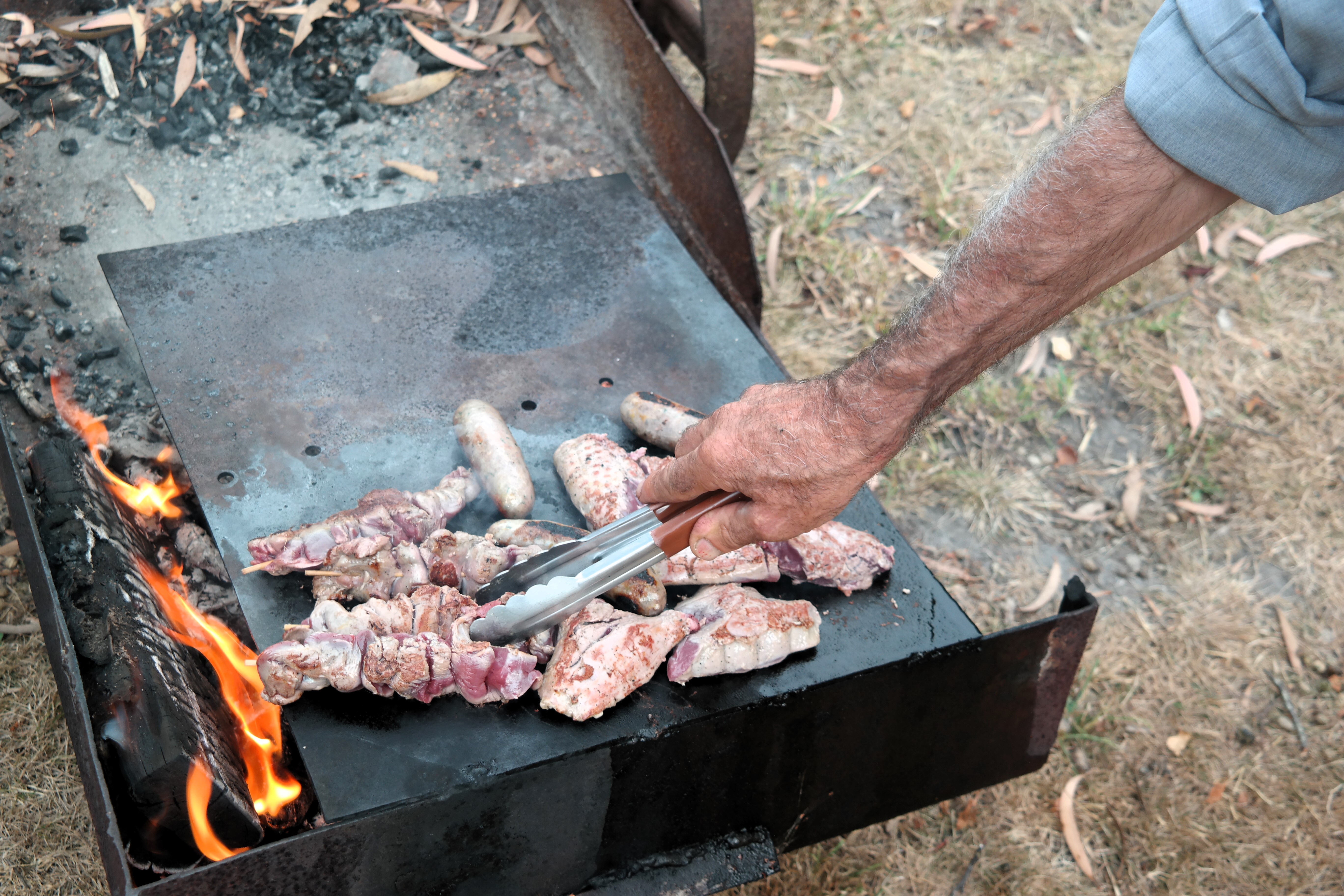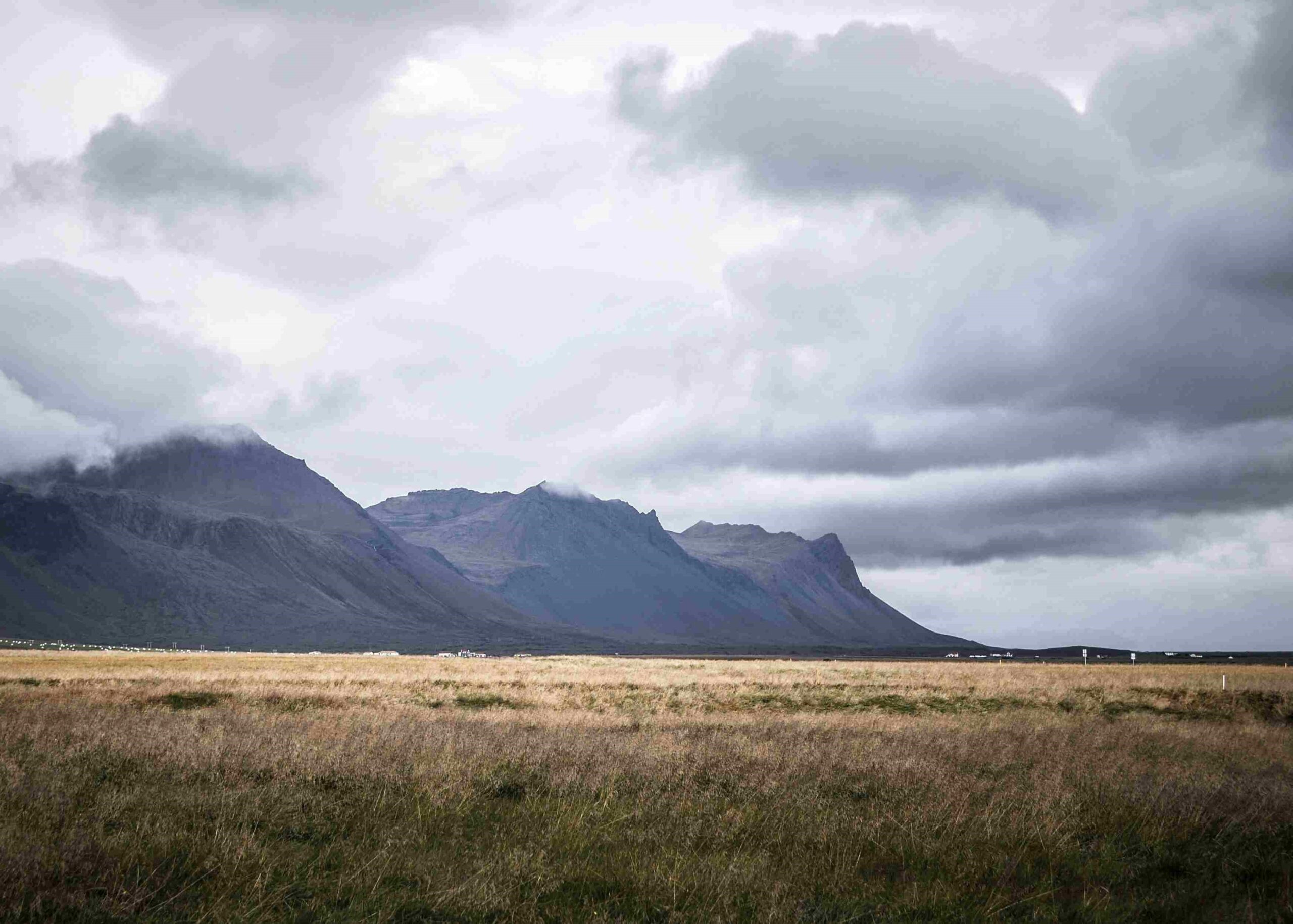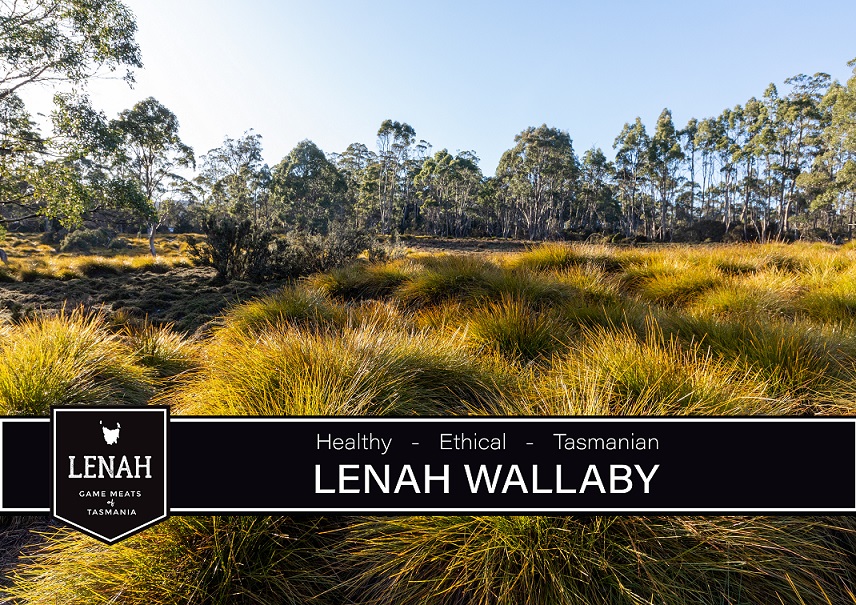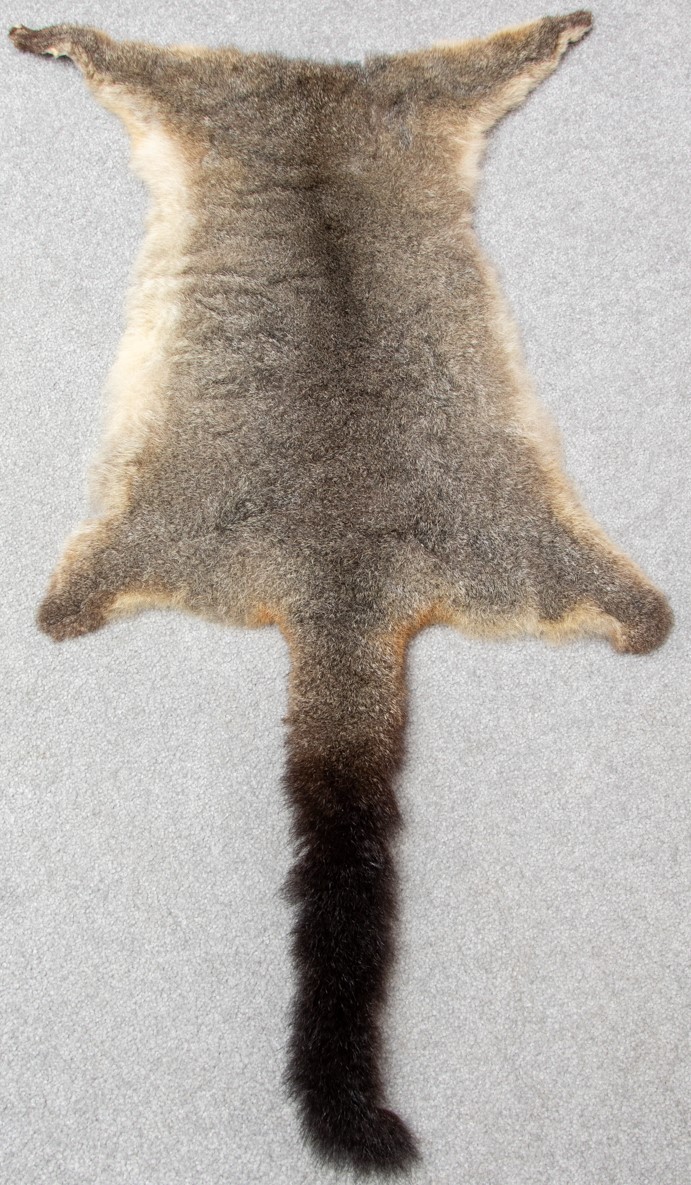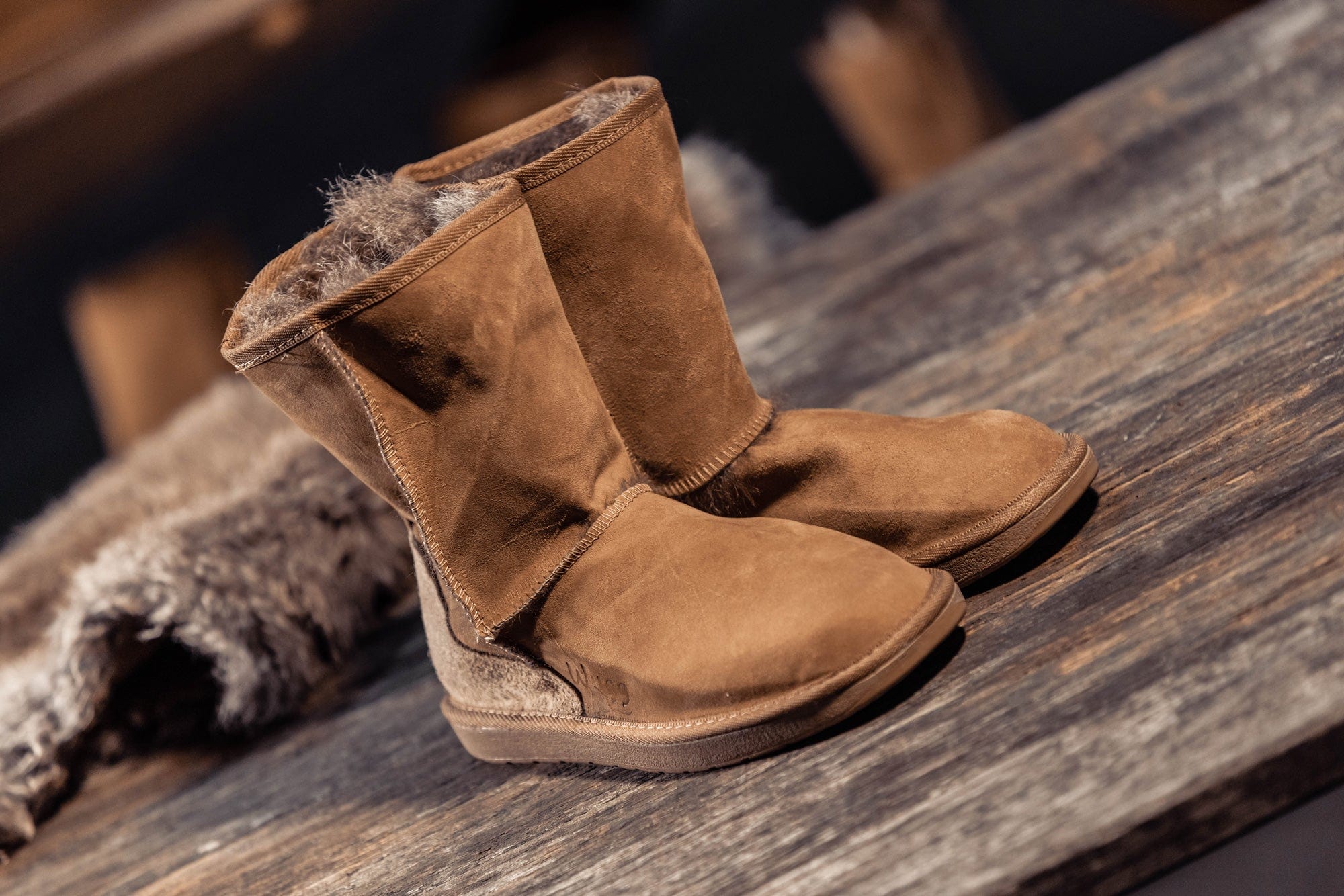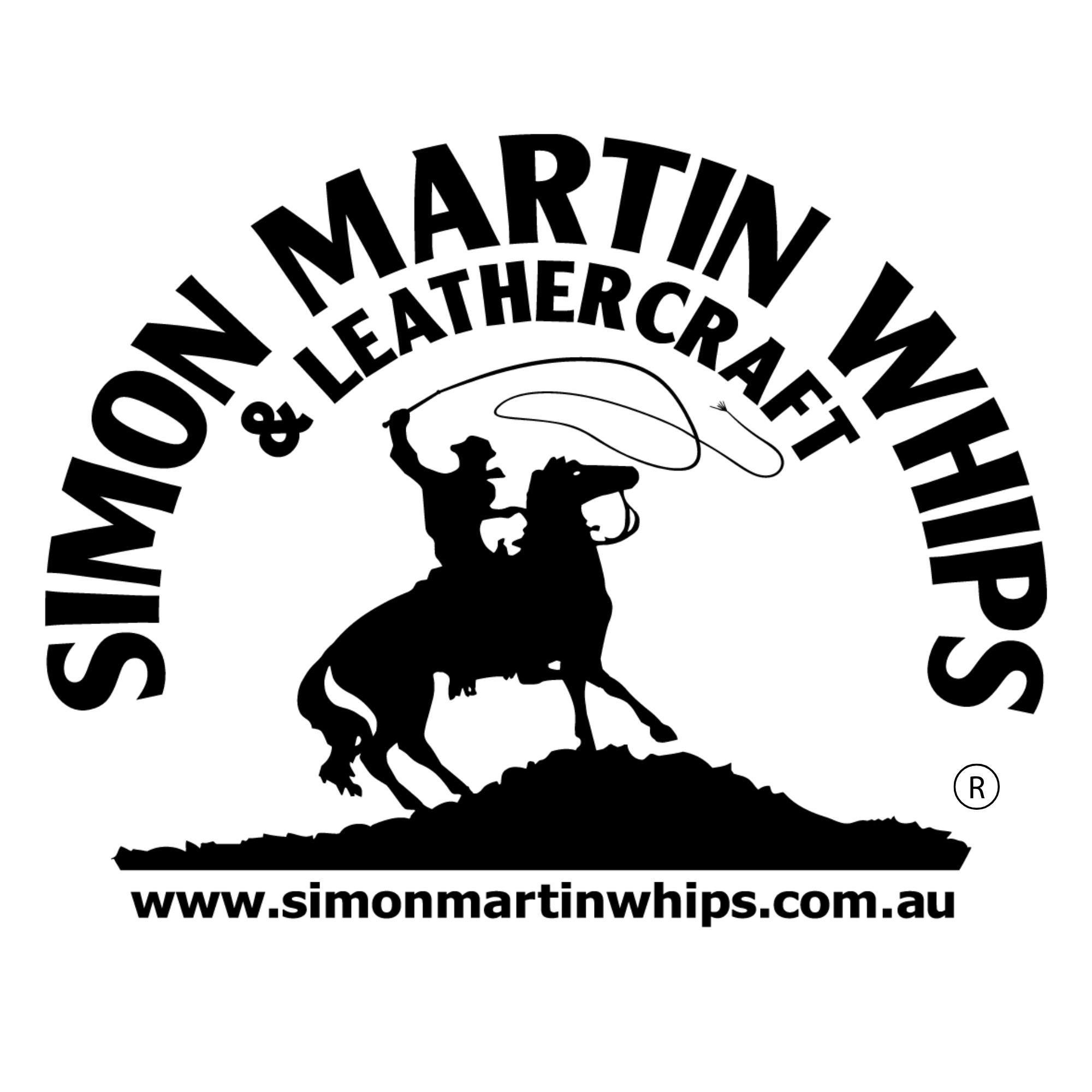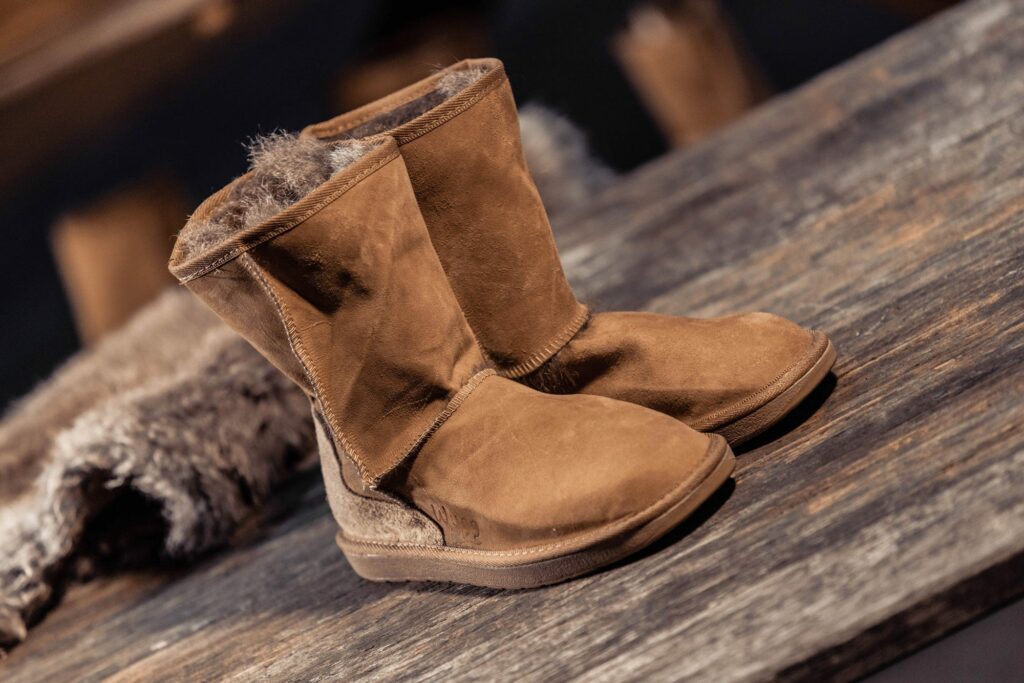
Wuggs
Wugg Boots are made from Tasmanian wallaby fur which is a by-product of our sustainable, humane wild harvested wallaby for meat. Wallaby are super-abundant in Tasmania, there’s millions of them. Our harvest is strictly regulated by Government to ensure the sustainability of the resource.
Wallaby emit almost no methane.
Wuggs are perhaps the most environmentally friendly footwear you’ll ever own!
Lots to love
Wallaby leather is scientifically proven to be softer and stronger than other leathers.
The boots have a reinforced heel for added support.
We brand every one individually for that extra special touch.
An ultra luxurious wallaby fur lining keeps your feet warm, without the accumulation of sweat, due to the way wallaby fur allows heat to dissipate.
Wuggs are trimmed with hand selected wallaby fur, adding extra comfort and warmth.
Uniquely Tasmanian
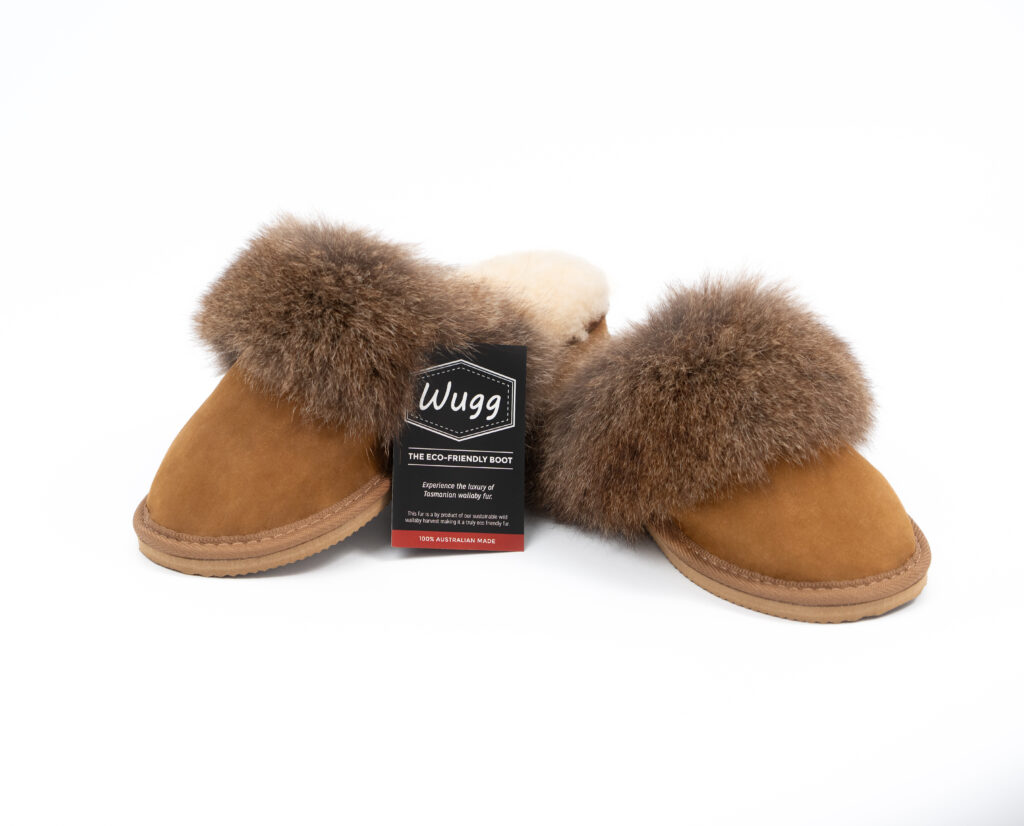
Buy Wuggs in a beautiful Tasmanian shop – our retail partners
We are honoured that three stunning Tasmanian retail businesses stock our Wuggs.
Launceston, the Spotted Quoll Studio, Quadrant Mall.
Hobart, Smitten Merino, Sandy Bay Rd
Spreyton, Simon Martin Whips. We have all parts of the State covered!

RMIT Research
How do wallaby fur Wuggs compare to traditional sheep skin Uggs? Our customers feedback made us wonder, so we got RMIT to check it out.


